Bayridge Elementary 22-23
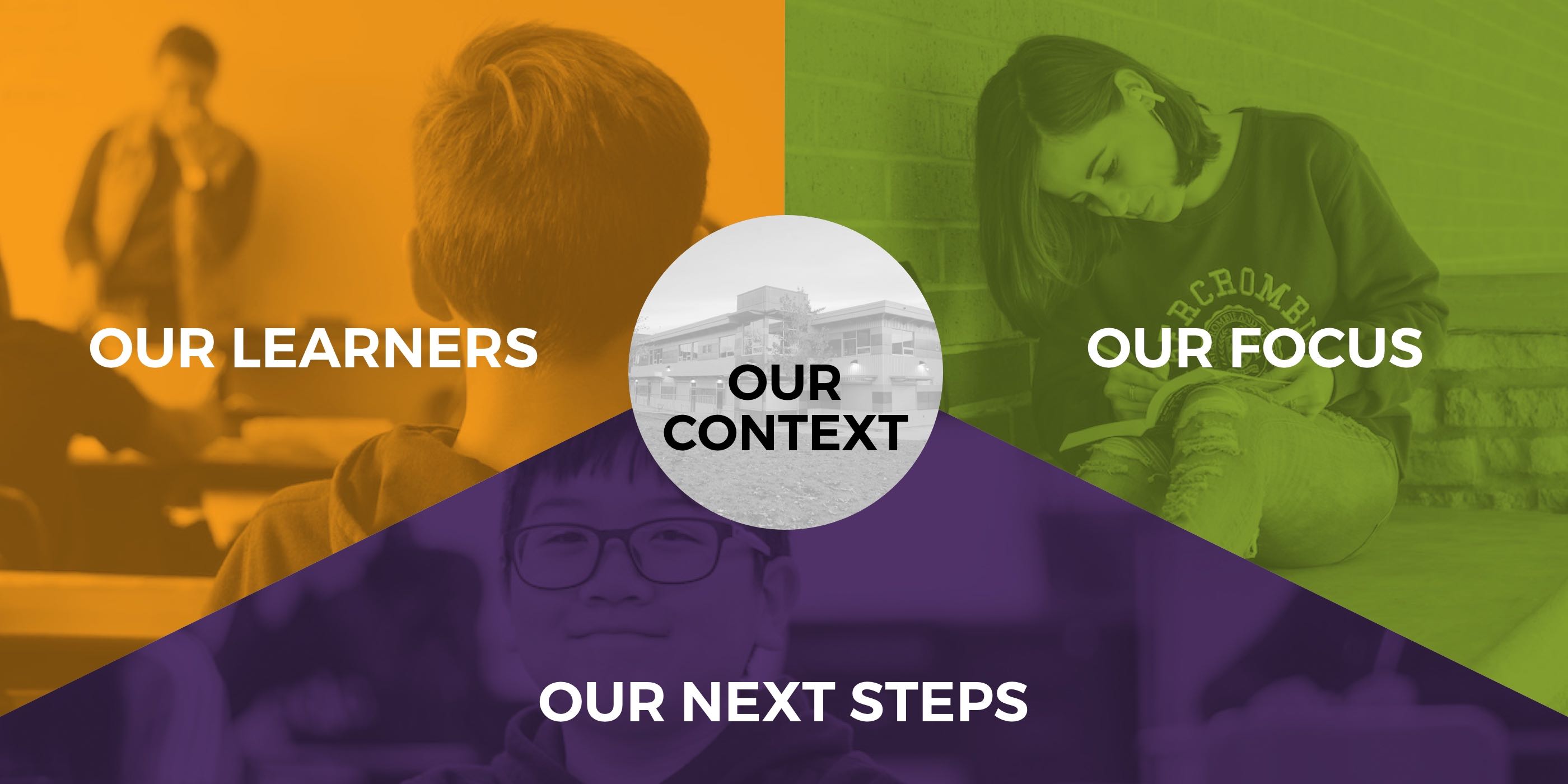

OUR CONTEXT
Thank you for viewing the Bayridge Elementary Student Learning Plan.
OUR LEARNERS
Social and Emotional Learning (SEL) is an integral part of education and human development. SEL is the process through which people acquire and apply the knowledge, skills, and attitudes to develop healthy identities, manage emotions and achieve personal and collective goals, feel and show empathy for others, establish and maintain supportive relationships, and make responsible and caring decisions (CASEL). When students have supportive relationships and opportunities to develop and practice social, emotional, and cognitive skills across many different contexts, academic learning accelerates.
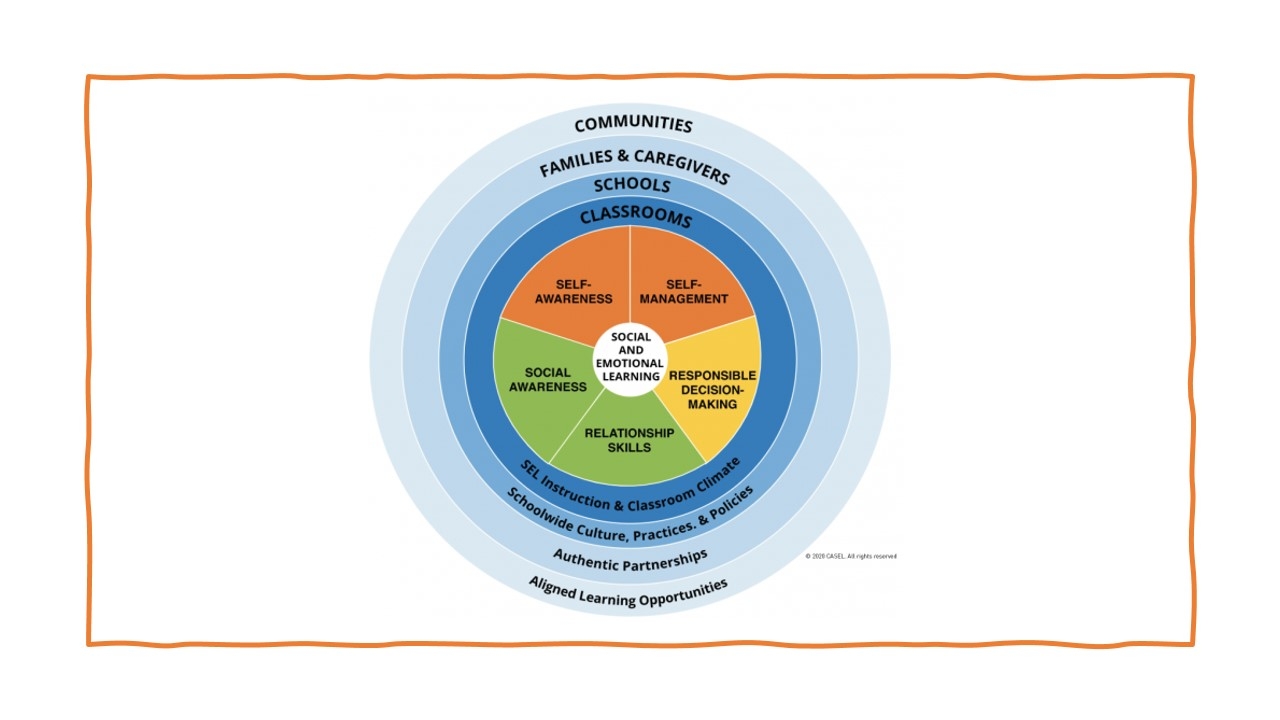
At Bayridge, we are focusing on mindsets that help students persevere through challenging materials or problems. Challenges are normalized and mistakes are framed as opportunities to notice and problem solve. Students are learning that their abilities and competence grow with their effort. A "growth mindset" leads to the belief that all of us can improve with effort and new strategies, and that struggle is part of the process. These beliefs encourage students to practice and develop the social and emotional skills to stay motivated, set goals, and reflect on progress. Students demonstrate increased resiliency and a sense of optimism, the ability to foster positive academic mindsets and increased school engagement. Students learn increasingly important skills for our rapidly changing world.
I can demonstrate awareness of the oral tradition in First Peoples cultures and the purposes of First Peoples texts (Curricular Competency: English Language Arts)
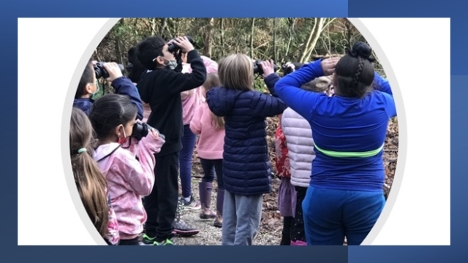
Our students view and participate in First Peoples Principles of Learning making oral connections to plants, medicine and forest walks to identify local indigenous plants. Oral traditions are the foundation of many Indigenous cultures and at Bayridge we are learning to connect to the land of Semiahmoo First Nations. Here, students are practicing mindfulness (breathing, mindful movement, mindful seeing and mindful listening) while observing the natural wildlife in our Bayridge forest.
I can describe and apply strategies that promote a safe and caring environment (Curricular Competency: Physical and Health Education)
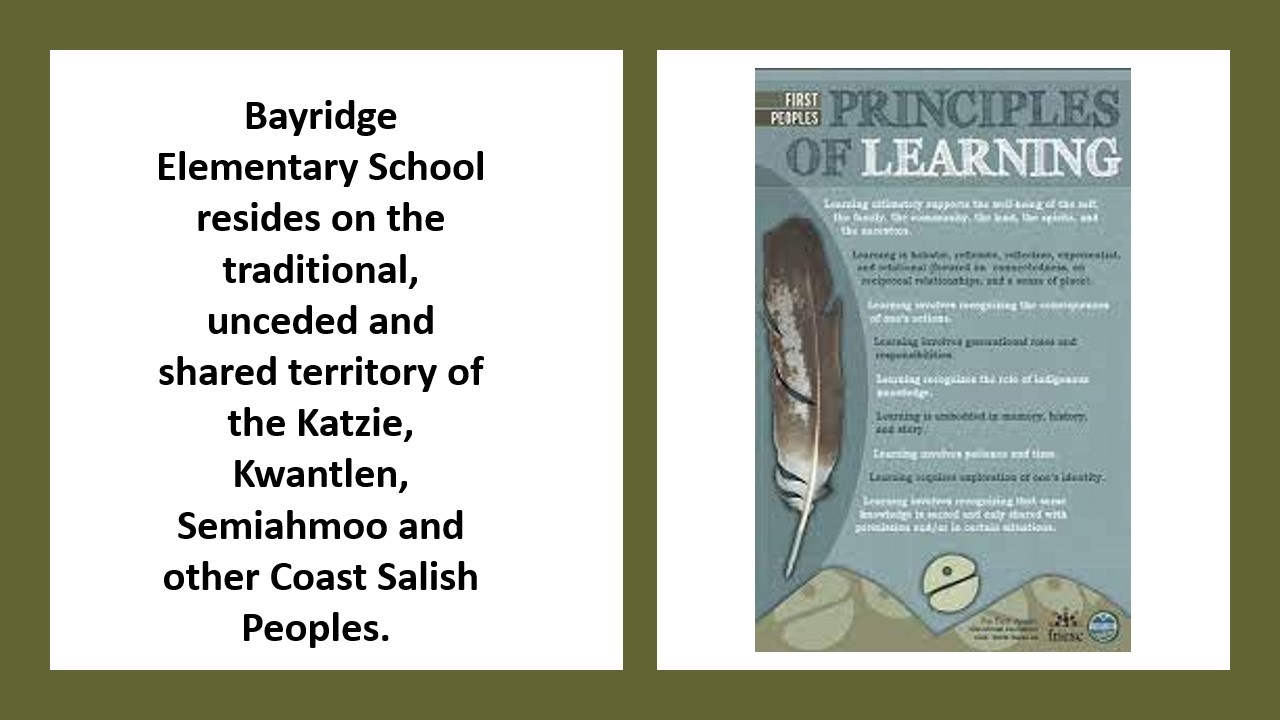
Students are learning and understanding through Indigenous perspectives that everything is inter-connected and that education is not separate from the rest of life. They can make responsible decisions that consider the perspectives, experiences and worldview of others.
Our students are making a positive change in the environment through our school "green" initiatives such as garden and park stewardship. They are making decisions that align with First People's Principles of Learning as the learning is holistic, reflexive, reflective, experiential and relational (focused on connectedness, on reciprocal relationships and a sense of place). Through this on-going initiative, our school has created gardens, planted trees and is committed to keeping our school and neighbouring forests calm and connected places of learning.
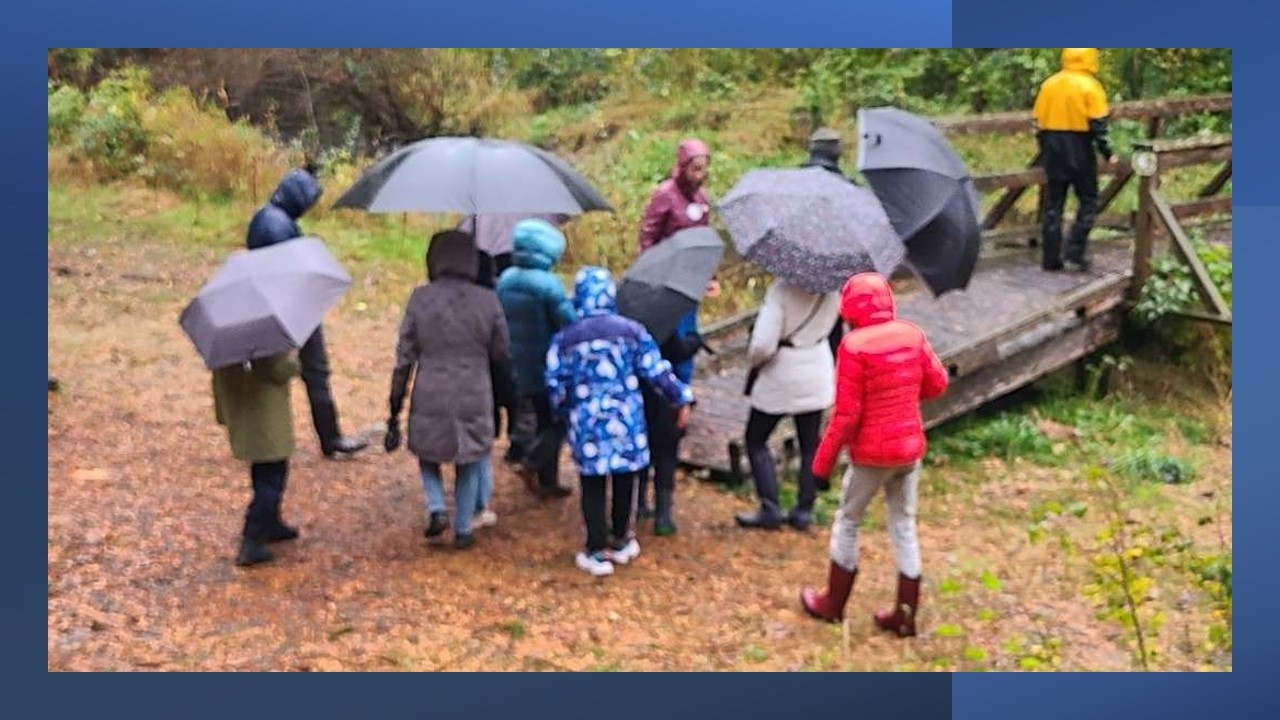
OUR FOCUS
In order to foster academic mindsets, Social and Emotional Learning (SEL) is integrated within daily academic instruction. SEL content and objectives are integrated into rigorous instruction through interactive and collaborative pedagogies. This enables ongoing practice of SEL skills and strengthens teaching and learning of academic content.
Every day, our students are presented with opportunities to practice and demonstrate their Social and Emotional learning skills and capabilities. Our team at Bayridge provide students with these essential skills to set them up for success in today's rapidly changing world. To identify students' overall strengths and stretches (areas for growth), we tracked their Self Awareness (self efficacy/self confidence) and Responsible Decision-Making (identifying problems, analyzing solutions, solving problem, evaluating, reflecting) in two cohorts of learners across subject areas and grade levels. These cohorts include a diverse range of leaners that are representative of our school's population.
The SEL competencies we focused on in relation to Self-Awareness and Responsible Decision-Making include:
- Recognizing our strengths and taking responsibility for using strategies to focus and accomplish my goals.
- Identifying solutions to personal and social problems and evaluating the consequences of actions.
- Developing an understanding of the role of personal decision making in promoting community wellbeing.
Below are examples of our students' classroom experience as they relate to Self-Awareness and Responsible Decision-Making.
I can use writing and design processes to plan, develop, and create texts for a variety of purposes and audiences. (Curricular Competency: English Language Arts)
In the following examples, students listened to the story “You’re in Trouble: Fib or Truth?” by Connie Miller and Victoria Assanelli. In this illustrated choose-your-own-ending book, George breaks his mother’s lamp and is afraid to tell her the truth. Readers make choices for George and read what happens next, with each story leading to different consequences. Students then had to plan, develop and create a response to the story based on how they would handle a similar situation.
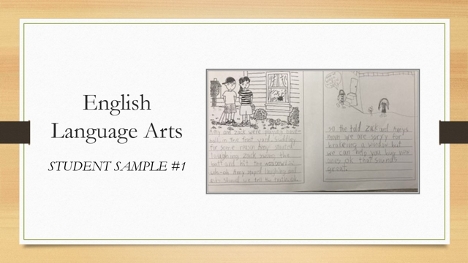
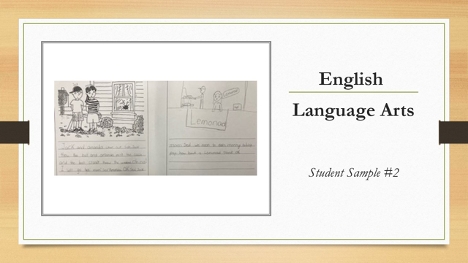
I can describe and apply strategies that promote a safe and caring environment (Curricular Competency: Physical and Health)
To help our students understand that it is best to consider long-term consequences before taking actions, our learners are presented with grade appropriate opportunities to reflect on the consequences of different actions. Our learners brainstorm and use graphic organizers to outline pros and cons, cause and effect, facts versus opinions, or explain rights and responsibilities.
One key tool used by our students is using their "WITS". WITS provides our school community with a common language to discuss, as they engage in positive, pro-social behaviours. WITS is an acronym based on these four strategies (see below). For more information on WITS, click on the "WHAT IS WITS?" video link.
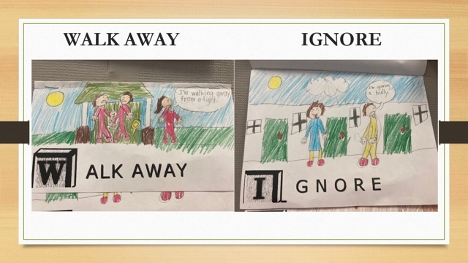
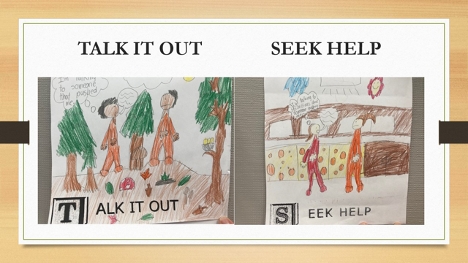
At Bayridge, our students use problem solving processes that help them generate solutions to problems by thinking about the possible options and outcomes. Positive verbal and or non-verbal expectations are communicated with evidence that students are able to redo activities and/or social exchanges when they make mistakes. Mistakes are normalized and framed as opportunities.
Persevering through challenges is critical to lifelong learning. Challenges are the cornerstone of a growth mindset, as without challenges students do not learn to take risks, learn to fail and how to pick themselves up and continue learning.
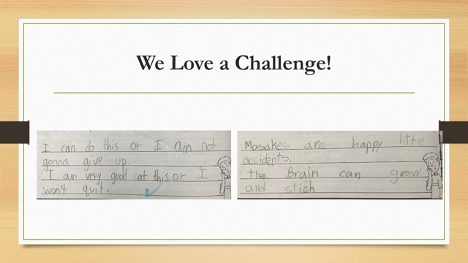
OUR NEXT STEPS
Our learners are developing their SEL skills, while at the same time building their academic resiliency. In the focus area of responsible decision-making, students demonstrated an increase in their ability to:
- Recognize their strengths/stretches and take responsibility for using strategies to focus and accomplish their goals
- Identifying solutions to personal and social problems and evaluating the consequences of their actions
- Developing an understanding of the role of personal decision making in promoting community wellbeing
Educators at Bayridge utilize their own SEL skillsets and cultural competencies in their teaching practice. They value student's different capacities and cultures/identities and respect their differences, by modelling reflective listening and providing strength based formative feedback. Educators at Bayridge ground instruction in personal relationships by engaging families, exploring identity, fostering individual and collective voices, and by engaging in structured academic and social conversations (ie. morning meetings).
By analyzing student reflections/self-assessments on Personal Awareness and Responsibility Core Competencies, Students' demonstrated examples that reflect their student identity, personal strengths, and personal stretches (learning stories). In addition, school-wide language is becoming evident in classroom based assessment samples where students are demonstrating academic mindsets (ex. perseverance, noticing their own progress, seeing value and purpose in work, and believing that they can succeed).
I can use writing and design processes to plan, develop, and create texts for a variety of purposes and audiences. (Curricular Competency: English Language Arts)
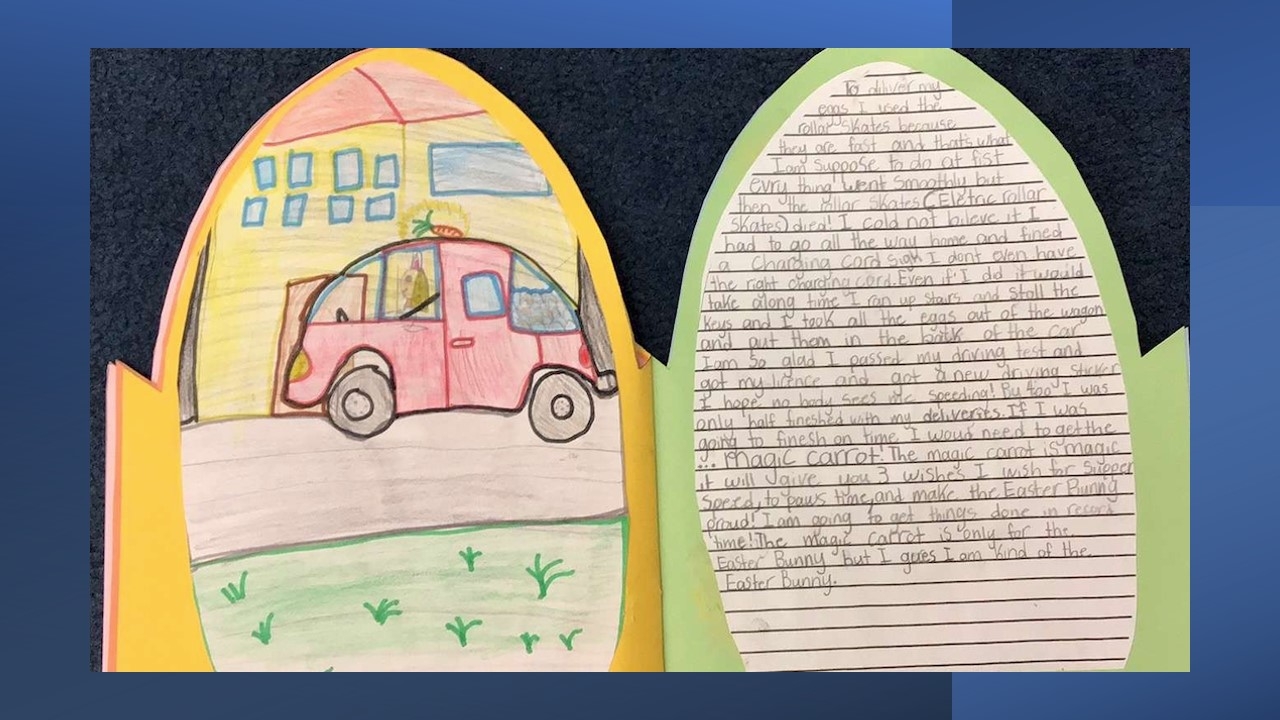
This sample represents 75% of our cohort who are now proficient in their ability to use writing and design processes to plan, develop, and create texts for a variety of purposes and audiences. (Curricular Competency: English Language Arts)
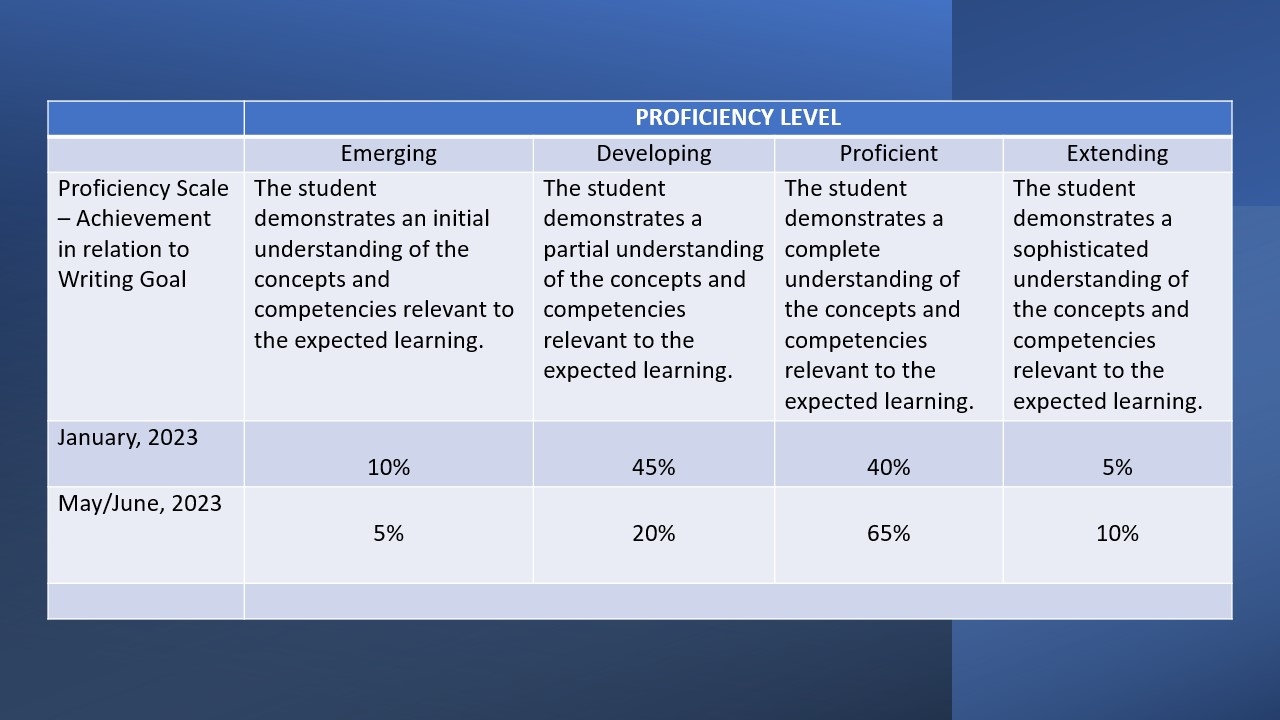
I can describe and apply strategies that promote a safe and caring environment (Curricular Competency: Physical and Health)
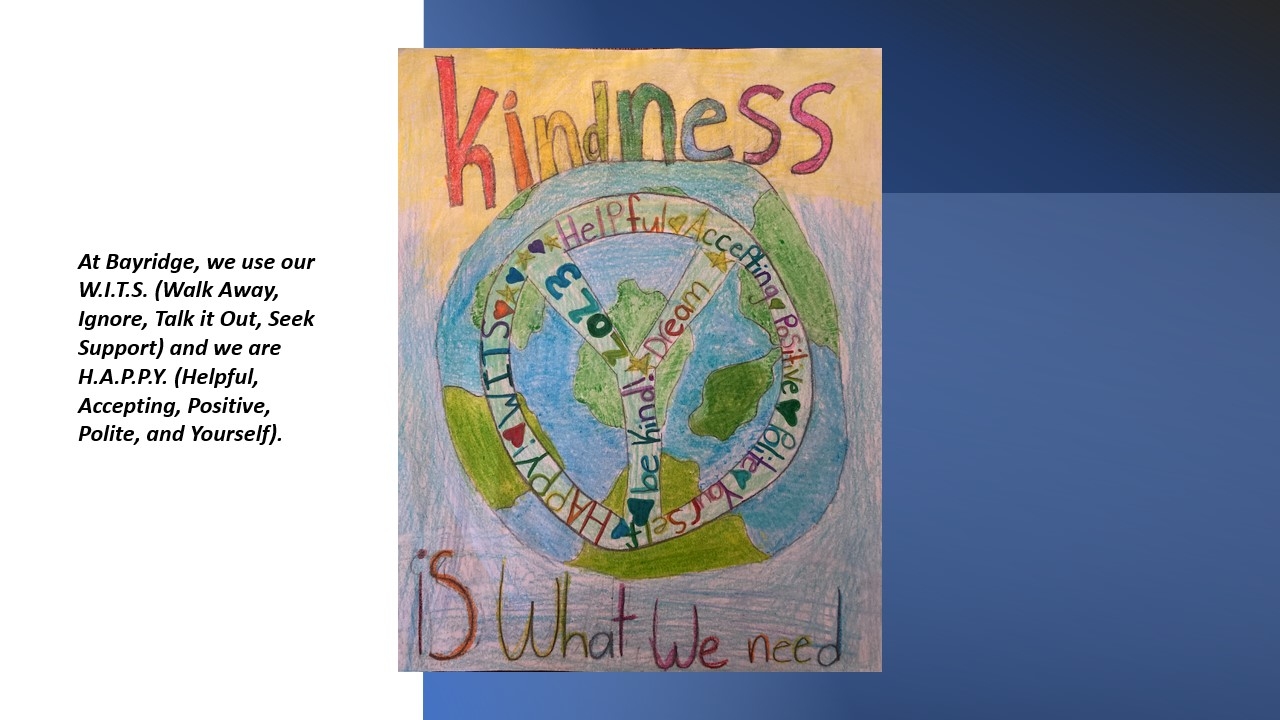
This sample represents 80% of our cohort who are now proficient in their ability to describe and apply strategies that promote a safe and caring environment (Curricular Competency: Physical and Health Education)
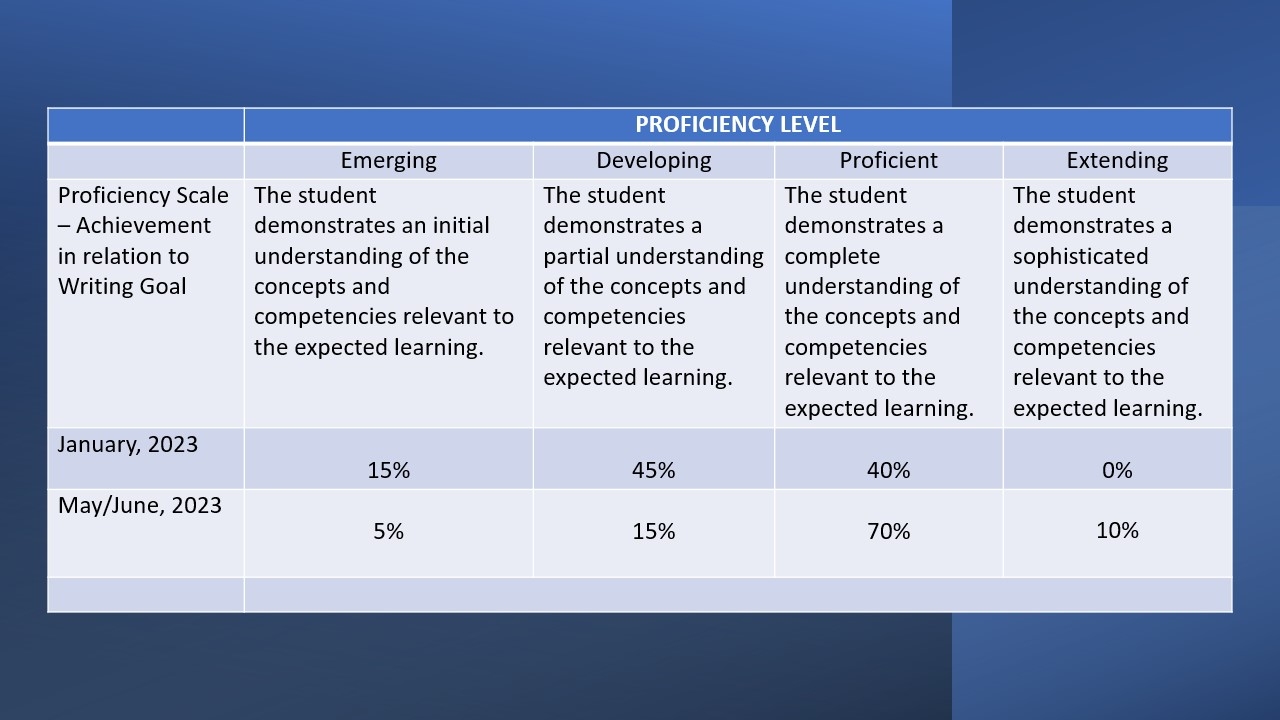
Moving Forward
Increasing our students skillsets in Personal Awareness and Responsible Decision-Making has been very effective at Bayridge. Our students are progressing in their understanding of themselves, each other and how they connect to their community. As we continue this important work, we will to continue to build on the following areas:
- Social Awareness
- Self-Awareness
- Self-Management
- Relationship Skills
- Responsible Decision
Responsible Decision-Making and Personal Awareness
- Further instruction on management skills through teaching explicit SEL skills within other curricular areas
- Creating more opportunities for students to take ownership of their learning and practice responsible decision making
- Increase opportunities for students to reflect on their self-awareness and connect how their responses impact their actions and behaviour.
- Support students in developing and strengthening specific components of self-awareness, social awareness, and respect, self-efficacy, goal setting, emotional resiliency, perspective taking, empathy and valuing diversity and inclusion.
- Focusing on growth mindset in order to build positive self-worth and academic resiliency.
